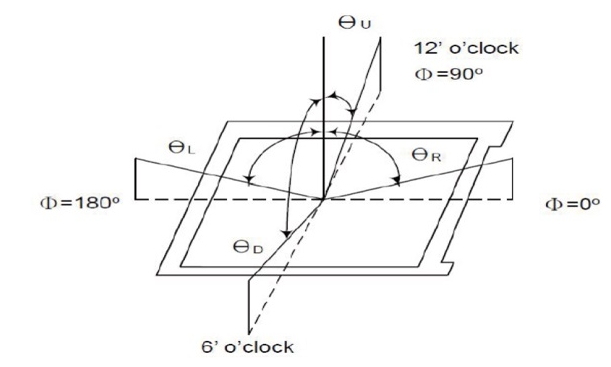Liquid crystal display devices are passive display devices that do not emit light by themselves. They rely on modulating external light to achieve display. Therefore, in the assembly and use of liquid crystal displays, cleverly solving the lighting problem can not only ensure and improve the quality of liquid crystal displays, but also greatly expand its application areas. This chapter will introduce the natural lighting technology of liquid crystal displays.
Most portable small instruments and instrument products for timing and counting use natural light lighting technology. This lighting technology uses natural ambient light:
Using natural light sources generally makes the liquid crystal display device into a reflective device. This type of device generally uses two forms of reflectors: one is to set a light reflector such as aluminum foil on the back glass substrate of the LCD; the other is to use the metal electrode on the back glass substrate as a reflector. During operation, the reflected light from the reflector is white, and the light shielding of the liquid crystal is black.
Because it uses natural light from the outside, the advantages of using this lighting technology are that it does not require a dedicated backlight source (which accounts for most of the power consumption of the LCD module) and is energy-saving, while making the module more compact. The disadvantage is that it cannot be used in dark places. When the external lighting conditions are not good, the display performance is worse than that of devices using backlight lighting technology. For a comparison of the advantages and disadvantages of this reflective display screen with the transmissive and semi-transmissive and semi-reflective display screens, you can read our link: Semi-transmissive reflective TFT.
1. Focus on the best viewing angle
The best contrast ratio of liquid crystal display has a certain azimuth angle and a certain viewing angle range. When the viewing angle is greater than the range or when it is not observed at the best azimuth angle, the contrast ratio will be seriously reduced. Therefore, when designing the product, the observer's viewing direction should be ensured to be at the best azimuth angle as much as possible, and the viewing angle should be within the viewing angle range. Generally, the display device that is suitable for the best viewing angle direction is selected according to the purpose and viewing direction of the instrument.

2. Try to highlight the display window
The display window of traditional light-emitting display devices is generally designed with a recessed window to prevent external stray light from interfering with the display. When using a liquid crystal display device, the display window should be as prominent as possible in the front so that it can be exposed to more external light.
3.Flexibly search for external light
Changes in the incident direction and intensity of external light can only be adapted to and cannot be forced, so instruments and meters using LCD displays should not be bulky, fixed, large equipment.
4. Avoid distracting light
For those devices that do not use polarizers and rely on the light scattering of liquid crystal itself and selective light scattering, in addition to using as much ambient light as possible, attention should also be paid to avoiding stray interference light reflected from the glass surface at the observation position. For this reason, a black shading plate must sometimes be set at a certain position.
For more information, please contact us directly.







 Search
Search





